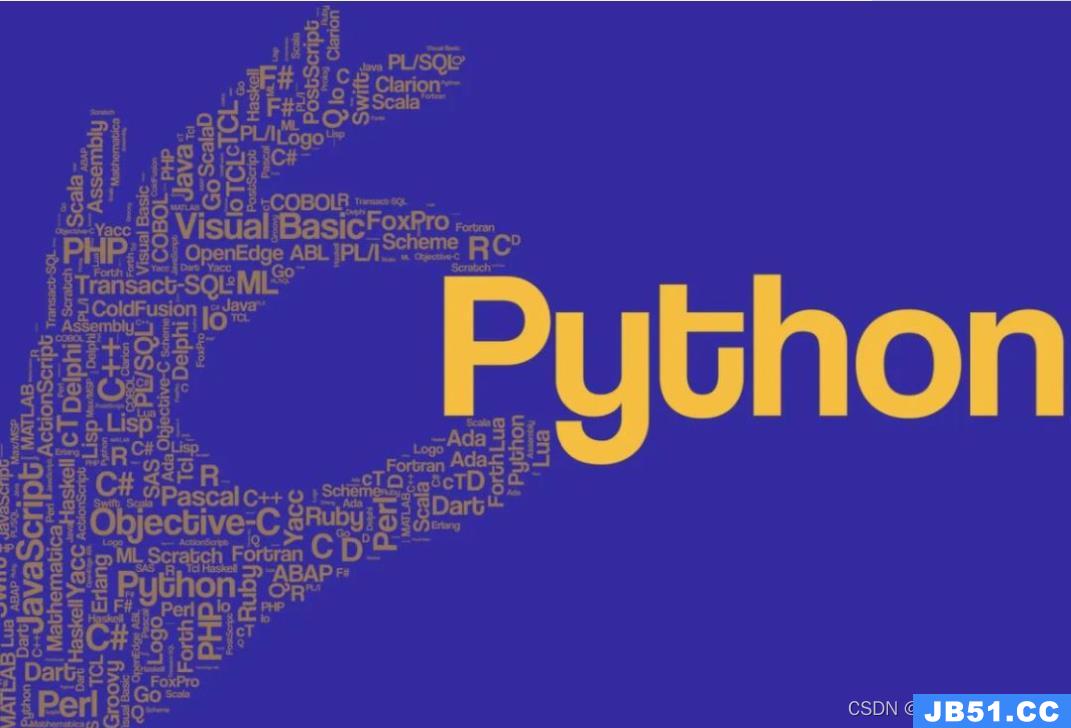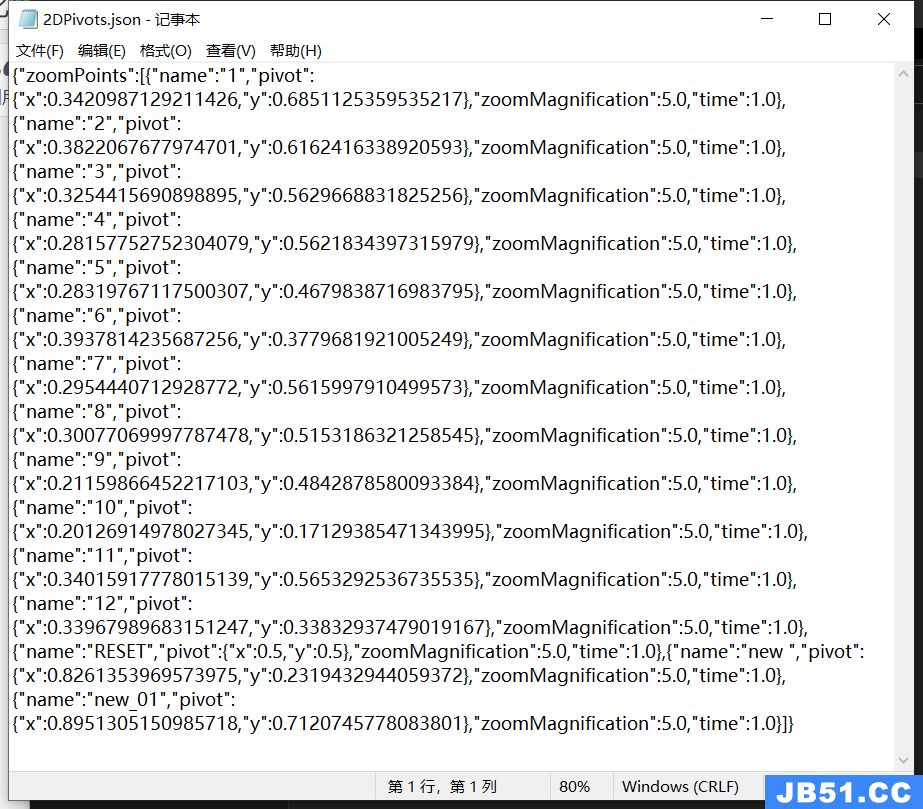下载地址:https://github.com/alibaba/fastjson
Fastjson API入口类是com.alibaba.fastjson.JSON,常用的序列化操作都可以在JSON类上的静态方法直接完成。常用api如下:
public static final Object parse(String text); // 把JSON文本parse为JSONObject或者JSONArray public static final JSONObject parseObject(String text); // 把JSON文本parse成JSONObject public static final <T> T parseObject(String text,Class<T> clazz); // 把JSON文本parse为JavaBean public static final JSONArray parseArray(String text); // 把JSON文本parse成JSONArray public static final <T> List<T> parseArray(String text,Class<T> clazz); //把JSON文本parse成JavaBean集合 public static final String toJSONString(Object object); // 将JavaBean序列化为JSON文本 public static final String toJSONString(Object object,boolean prettyFormat); // 将JavaBean序列化为带格式的JSON文本 public static final Object toJSON(Object javaObject); 将JavaBean转换为JSONObject或者JSONArray。
还有一些其他类库:
SerializeWriter:相当于StringBuffer
JSONArray:相当于List<Object>
JSONObject:相当于Map<String,Object>
1、JSON测试:
public class Test {
private static SerializeConfig mapping = new SerializeConfig(); static {
mapping.put(Date.class,new SimpleDateFormatSerializer("yyyy-MM-dd HH:mm:ss"));
}
public static void main(String[] args) {
Foo f1 = new Foo();
Date date = new Date();
String text = JSON.toJSONString(date,mapping);
System.out.println(text);
System.out.println(JSON.toJSONString(f1,true));
String x2 =JSON.toJSONString(f1,mapping);
System.out.println(x2);
}
public static void json2List(){
//List -> JSON array
List<Bar> barList = new ArrayList<Bar>();
barList.add(new Bar());
barList.add(new Bar());
barList.add(new Bar());
String json= JSON.toJSONString(barList,true);
System.out.println(json);
//JSON array -> List
List<Bar> barList1 = JSON.parseArray(json,Bar.class);
for (Bar bar : barList1) {
System.out.println(bar.toString());
}
}
public static void json2Map(){
//Map -> JSON
Map<String,Bar> map = new HashMap<String,Bar>();
map.put("a",new Bar());
map.put("b",new Bar());
map.put("c",new Bar());
String json = JSON.toJSONString(map,true);
System.out.println(json);
//JSON -> Map
Map<String,Bar> map1 = (Map<String,Bar>)JSON.parse(json);
for (String key : map1.keySet()) {
System.out.println(key+":"+map1.get(key));
}
}
public static void array2JSON(){
String[] arr_String = {"a","b","c"};
String json_arr_String = JSON.toJSONString(arr_String,true);
System.out.println(json_arr_String);
JSONArray jsonArray = JSON.parseArray(json_arr_String);
for (Object o : jsonArray) {
System.out.println(o);
}
System.out.println(jsonArray);
}
public static void array2JSON2(){
Bar[] arr_Bar = {new Bar(),new Bar(),new Bar()};
String json_arr_Bar = JSON.toJSONString(arr_Bar,true);
System.out.println(json_arr_Bar);
JSONArray jsonArray = JSON.parseArray(json_arr_Bar);
for (Object o : jsonArray) {
System.out.println(o);
}
System.out.println(jsonArray);
}
public static void map2JSON(){
Map map = new HashMap();
map.put("a","aaa");
map.put("b","bbb");
map.put("c","ccc");
String json=JSON.toJSONString(map);
System.out.println(json);
Map map1 = JSON.parseObject(json);
for (Object o : map.entrySet()) {
Map.Entry<String,String> entry = (Map.Entry<String,String>)o;
System.out.println(entry.getKey()+"--->"+entry.getValue());
}
}
}
2、也可以使用JSONArray、JSONObject。例如:
String str = "..."; List<Bar> list = JSONArray.parseArray(itemJson,Bar.class); JSONArray arr = JSONArray.parseArray(str); String str1 = "..."; Bar bar = JSONObject.parseObject(str1,Bar.class); JSONObject obj = JSONObject.parseObject(str1);
3、其他:
在做JSON反序列化的时候,我们可能经常传递一个class对象来获取对象的示例。但有的时候,可能并不存在这样的class对象。这时可以不定义任何类,直接通过JSONArray和JSONObject来访问。
1)JSONObject用来存放非内置对象,组织形式是一个键值对。事实上,JSONObject是一个Map。解析成功后,如果是Java内置对象,可以直接调用相应方法获取值,比如ublic Integer getInteger(String key)。如果不是内置对象,可以调用public JSONObject getJSONObject(String key)来读取对象。如果还是数组,可以调用public JSONArray getJSONArray(String key)。
2)JSONArray用来存放JSON数组。解析成功后,如果是Java内置对象,可以直接调用相应方法获取值,比如public Integer getInteger(int index)。如果不是内置对象,可以调用public JSONObject getJSONObject(int index)来读取对象。如果还是数组,可以调用public JSONArray getJSONArray(int index)。事实上,JSONArray就是一个List。
补充:JSONObject有containsKey()、getString()等方法
参考:http://www.tuicool.com/articles/zUbQfa
 文章浏览阅读1.2w次,点赞3次,收藏19次。在 Python中读取 j...
文章浏览阅读1.2w次,点赞3次,收藏19次。在 Python中读取 j... 文章浏览阅读882次。Unity Json和Xml的序列化和反序列化_uni...
文章浏览阅读882次。Unity Json和Xml的序列化和反序列化_uni... 文章浏览阅读796次。reader.readAsText(data.file)中data.fi...
文章浏览阅读796次。reader.readAsText(data.file)中data.fi...